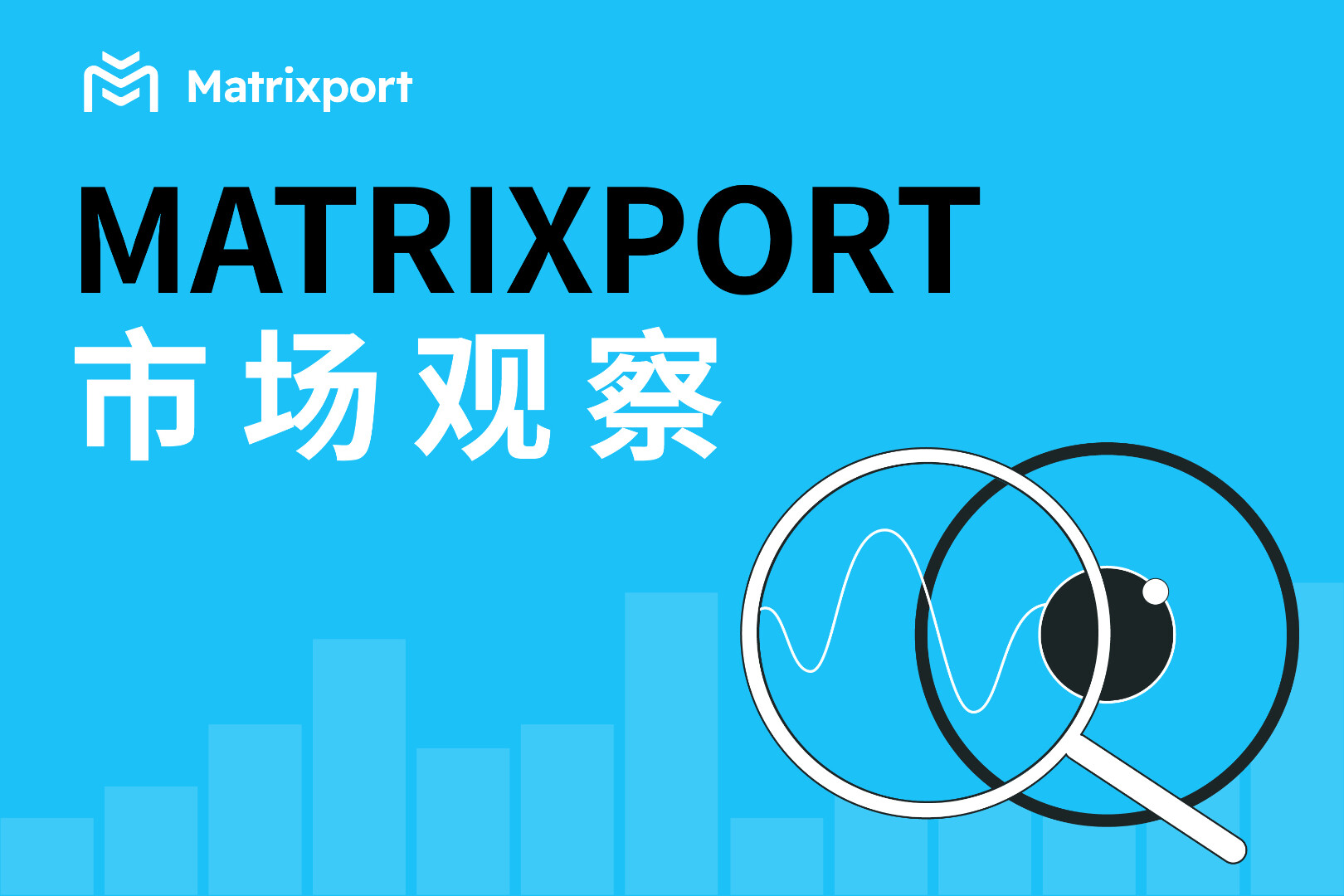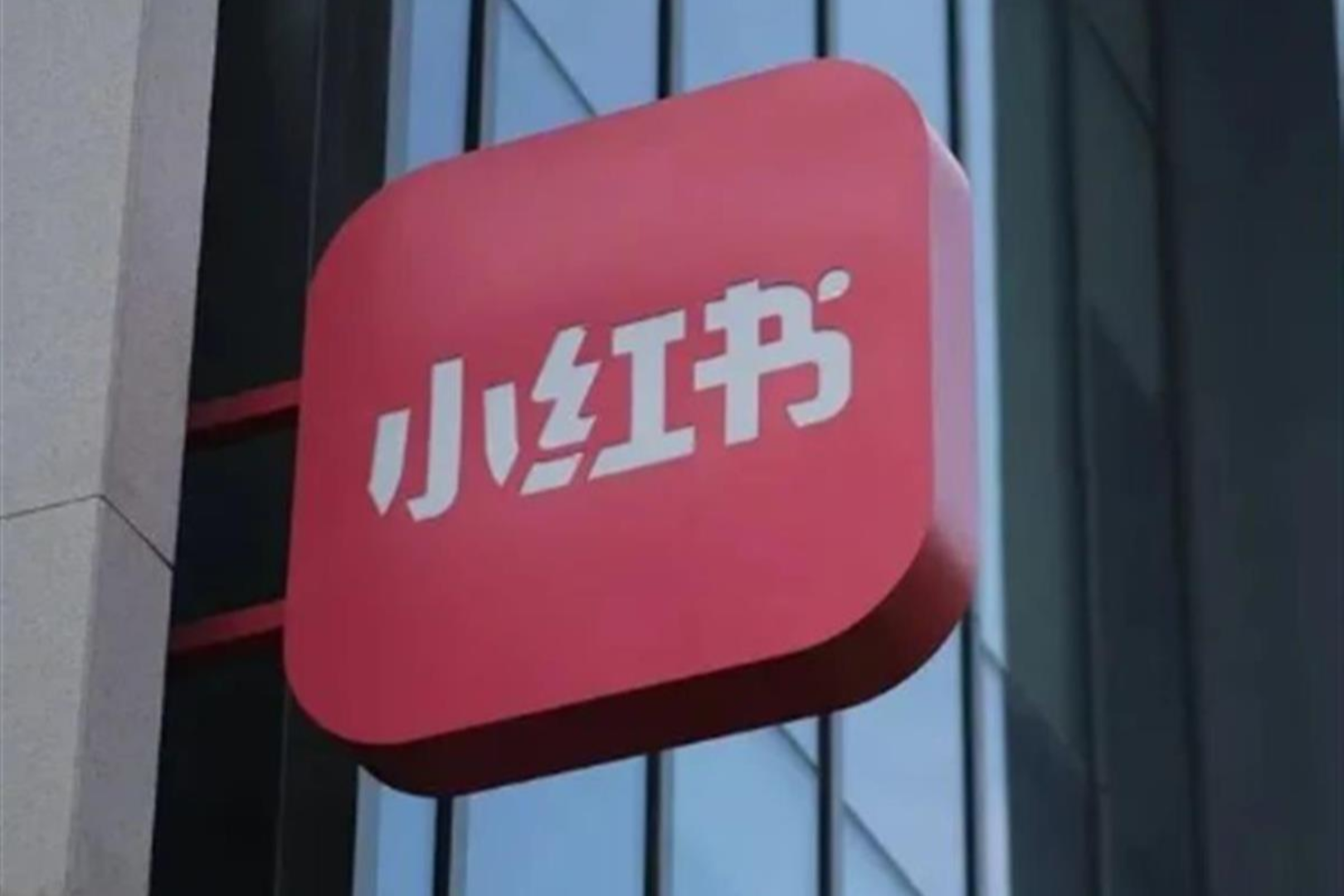

Jointly produced by Tongzhengtong Research Institute × FENBUSHI DIGITAL
Jointly produced by Tongzhengtong Research Institute × FENBUSHI DIGITAL
Special Advisors: Shen Bo; Rin
guide
Layer 0 expansion is a performance improvement solution that does not change the upper layer structure of the blockchain and retains the original chain ecological rules. At present, there are few layer 0 expansion projects on the market, and the advancement of this scheme has significant practical significance for the development of blockchain expansion technology.
Summary
Summary
Existing blockchain expansion solutions can be divided into layer 0 expansion, on-chain expansion, and off-chain expansion. Among them, layer 0 (Layer 0) corresponds to layers 1-4 (bottom protocol) of the OSI model. By optimizing the underlying data transmission protocol of the blockchain, the scalability of the blockchain is improved without changing the upper layer architecture of the blockchain. A performance improvement solution that retains the original chain ecological rules. The main ideas for layer 0 expansion include relay network and OSI model optimization. The OSI model optimization solution mainly includes BDN, multicast locking group, and QUIC protocol.
BDN is a blockchain expansion application based on the idea of CDN technology, that is, a high-capacity, low-latency network system that can quickly send transactions and blocks. Its typical project is bloXroute.
Multicast communication refers to a communication method that allows one or more information sources to send a single data packet to different users at the same time, which can effectively solve the problem of "single-point transmission and multi-point reception" that cannot be solved by unicast and broadcast, and improve network transmission efficiency. The Nexus project applies this technology.
The QUIC protocol is a new generation of network transmission protocol based on UDP for multi-channel concurrent transmission proposed by Google. It aims to integrate the reliability of TCP and the efficiency of UDP protocol, and has been applied in the Harmony blockchain project.
Risk warning: technological progress is less than expected
Table of contents
Table of contents
1 Layer 0 expansion: the expansion scheme of the bottom layer of the blockchain
2 BDN: Blockchain Application of CDN
3 Multicast locking group: unicast send, multicast receive
5 Attention is still low, blockchain expansion star
text
With the popularization of blockchain technology, blockchain network congestion gradually appears, and blockchain expansion is imperative. Today's expansion solutions on the market mainly focus on on-chain and off-chain expansion, and layer 0 expansion may become the star of blockchain expansion.

secondary title
1 Layer 0 expansion: the expansion scheme of the bottom layer of the blockchain
By referring to the OSI model of the computer network communication architecture, the logical architecture of the blockchain can be divided into three layers. The existing expansion schemes are improved for different levels, divided into layer 0 expansion, on-chain expansion and off-chain expansion.
Among them, layer 0 (Layer 0) corresponds to layers 1-4 (bottom protocol) of the OSI model, including the transport layer. Layers 1 and 2 correspond to layers 5-7 (upper protocol) of the OSI model. Layer 1 (Layer 1) includes the data layer, network layer, consensus layer and incentive layer, and Layer 2 (Layer 2) includes the contract layer and application layer.

The main ideas of Layer 0 expansion include relay network and OSI model optimization.
On the basis of the relay network, many projects try to optimize the traditional OSI model. The proposed solutions mainly include BDN, multicast locking group, and QUIC protocol.
secondary title
2 BDN: Blockchain Application of CDN

CDN (Content Delivery Network) is a server that is closest to each user to provide users with high-performance, scalable and low-cost network content transmission to solve Internet congestion problems, improve user response speed and network The success rate of the computer network system. Its basic technical idea is to build a layer of virtual intelligent network on the basis of the existing Internet, deploy node servers all over the network, and monitor network traffic conditions, connection and load conditions of each node, distance from nodes to users, and user responses. After comprehensive consideration of factors such as time, avoid links that hinder data transmission speed and stability as much as possible, and assign the most efficient service nodes to users.
BDN (Blockchain Distribution Network) is a blockchain expansion application based on the idea of CDN technology, that is, a high-capacity, low-latency network system that can quickly send transactions and blocks. Since BDN follows the principle of non-discriminatory treatment of blocks and fair dissemination of blockchain, it has verifiable network neutrality.
bloXroute can eliminate the adverse effects of expanding blocks, reduce the rate of orphaned blocks, improve the efficiency of block propagation in the peer-to-peer network and the fairness of network propagation, and significantly improve the scalability of the chain on the basis of ensuring decentralization and security. . The node (Peer Node) runs the gateway process as an intermediary between the blockchain application and the BDN. Nodes will review the behavior of the BDN network to ensure that the network cannot provide better services for specific nodes or miners or discriminate against specific nodes. Any node can send or receive blocks through the network to achieve fairness in network communication. This feature can be called provable neutrality, and its advantage can prompt more nodes to join the BDN network. Under the effect of the efficiency of the BDN network, the speed of block propagation between nodes will gradually increase.

secondary title
3 Multicast locking group: single point sending, multi point receiving
Currently, there are three basic modes of network communication: unicast, broadcast, and multicast. Among them, compared with the traditional unicast and broadcast communication modes, multicast appeared the latest, but it has significant advantages and has the best development prospects.

Unicast communication refers to a communication method in which an information source sends an independent data packet to each user who needs information. This means that in a unicast communication network, the information source will send multiple data packets with the same content to different users at the same time, and the amount of transmitted information is proportional to the amount of users who need information. This communication method will put a lot of pressure on information sources and network bandwidth, easily cause network congestion, and is not conducive to batch data transmission. It is only suitable for network environments with a small number of users.

Broadcast communication refers to the communication mode in which the information source sends the same data packet to all users in the network segment regardless of whether the user needs the information. In a network using broadcast communication, users who do not need information will passively receive the information, which will easily cause information flooding on the same network segment, and is not conducive to ensuring information security. It can be seen that this communication method cannot perform data interaction with a specific user, thus generating a lot of bandwidth waste.

Currently, Nexus is a project for the practical application of multicast technology on the blockchain. Nexus employs an optimized routing system known as multicast locking groups. IP multicast deals with packet replication at the network layer rather than at the application layer, which greatly speeds up propagation time. Another benefit of running IP multicast in locked groups is the formation of parallelism at the network layer, which means that messages are broadcast to relevant nodes while being able to preserve a globally consistent layer.
secondary title
4 QUIC protocol: Integrating TCP and UDP protocols


TCP (Transmission Control Protocol, Transmission Control Protocol) is a connection-oriented, reliable, byte stream-based transport layer communication protocol, which can achieve the integrity and reliability of data communication, but there is a problem of network delay. From the perspective of technical principles, the TCP protocol requires three handshakes before establishing a connection. If a higher level of data security interaction is required, the number of handshakes needs to be increased, but at the same time the network delay will also increase. Since TCP uses checksum, acknowledgment, and timeout retransmission mechanisms to ensure reliable transmission, sorts data segments, and uses cumulative acknowledgments to ensure that the data sequence is unchanged and non-repeated, the protocol can provide reliable delivery of data or reliable notification of failures .
UDP (User Datagram Protocol, User Datagram Protocol) is another important transport layer protocol based on the OSI model in addition to the TCP protocol. UDP is a simple, connectionless, unreliable transport layer communication protocol. After the information source sends out the UDP data packet, it defaults that the data packet has been received, so the network transport layer does not need to confirm the transmission of the data packet. Since UDP only provides unreliable data transmission, the protocol cannot ensure the integrity of data transmission, but avoids the time delay problem caused by data retransmission. It is only suitable for applications that have high delivery time requirements but do not require reliable data transmission or the ability to perform error checking and correction in-process, such as streaming media, real-time multiplayer gaming, and voice over IP.
QUIC (Quick UDP Internet Connections, fast UDP Internet connection) protocol is a new generation of network transmission protocol proposed by Google based on UDP protocol for multi-channel concurrent transmission. The QUIC protocol aims to integrate the reliability of the TCP protocol and the efficiency of the UDP protocol. On a technical level, the protocol can complete a connection within 1 to 2 packets (the number depends on whether the connected server is known or not). Since 2014, Google Chrome has experimentally supported the QUIC protocol. Google intends to use the QUIC protocol to replace the TCP protocol to speed up the transmission of web pages, making it an official specification for the new generation of networks.

In addition to the above projects, the Layer 0 expansion project is also committed to enhancing or even replacing the existing network infrastructure such as Marconi and Toda Network, but whether it can be implemented in the end is highly uncertain.
secondary title
5 Attention is still low, blockchain expansion star
At present, blockchain expansion solutions mainly focus on on-chain expansion and off-chain expansion. However, both on-chain and off-chain expansion have their technical limitations, and the implementation period is relatively long.
Due to some reasons, some nouns in this article are not very accurate, mainly such as: general certificate, digital certificate, digital currency, currency, token, crowdsale, etc. If readers have any questions, they can call or write to discuss together.
Note:
Due to some reasons, some nouns in this article are not very accurate, mainly such as: general certificate, digital certificate, digital currency, currency, token, crowdsale, etc. If readers have any questions, they can call or write to discuss together.
This article was originally created by TokenRoll Research Institute (ID: TokenRoll). Unauthorized reprinting is prohibited.







